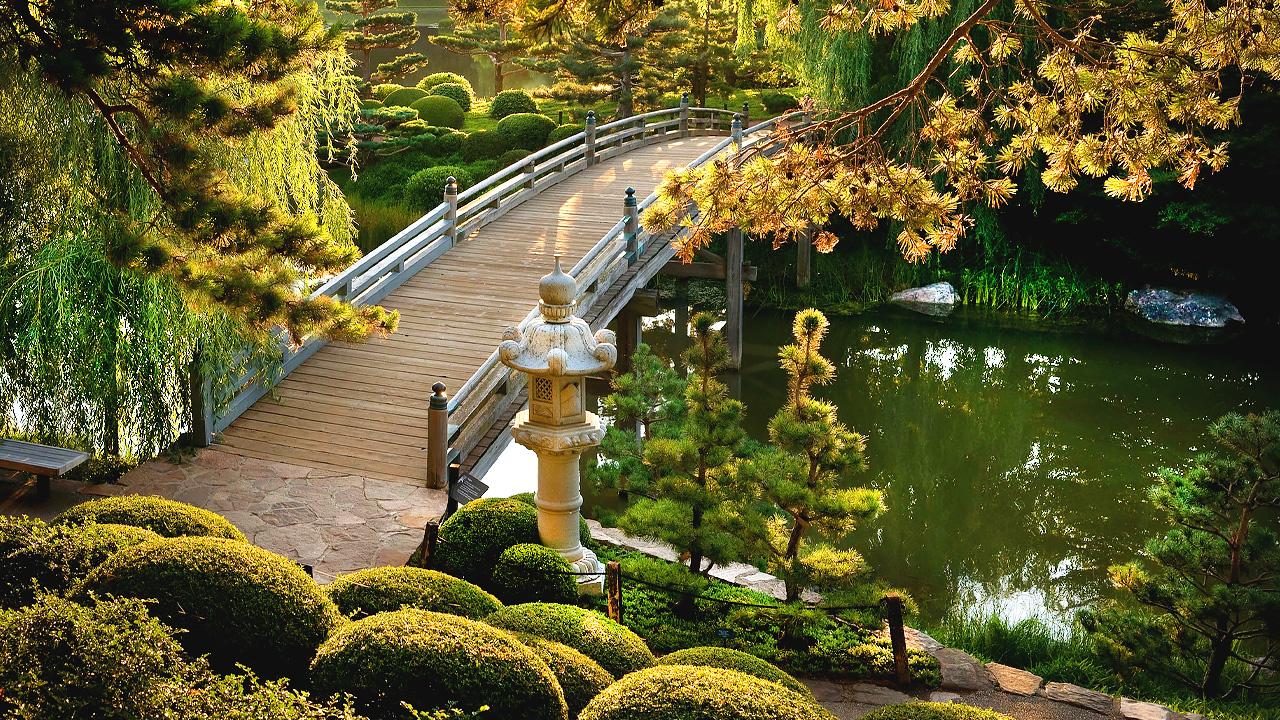

Nature & Wellness
Forest Bathing Invitations
森林浴
Allow 10 to 20 minutes for someone to learn the practice the first time. Over time, it becomes easier to slow down, and you will find that you can stay with an invitation for a longer time. Choose invitations that work for you.
- Pleasures of Presence Standing in a comfortable position, take a moment to look around you. Notice where you are and what is around you. Close your eyes and notice your breath entering through your nose. Notice where your breath travels. Notice the sensation of your breath. Breathe down your trunk and out your feet, connecting your roots to the earth. Take some time to notice how this connected breathing feels and if it brings you pleasure. Now on your exhales, let the energy of your breath pull up through your feet, up through your trunk, and all the way out the top of your head, connecting you to the sky. Continue to breathe, roots to sky, sky to roots. Notice how this feels. Does it bring you pleasure?
Now, turn your attention to your other senses.
When you inhale, what do you smell? If you tip your head up, does it change? If you tip your head down, does it change?
If you part your lips and sip in the air, what can you taste?
What do you hear? What is the farthest sound? Middle sounds? And finally, the closest sound you can hear. Did any of these sounds bring you pleasure? What did you notice?
What do you feel? Is there sunlight on your skin? A breeze? What do you notice? If you are comfortable doing so, move your arms up and down. Does that change your experience of being touched by natural elements?
Now slowly move in a circle, a quarter turn at a time (you may keep your eyes closed for this, or feel free to open them). Do you feel drawn in any direction? If so, what is drawing you there? Take some time to explore that feeling. When you are ready, I invite you to slowly open your eyes, taking in the world as if for the first time. What do you notice? What, if anything, is bringing you pleasure at this time?
- What’s in Motion Take time to observe what is in motion around you.
- Forest Friend Pick up a rock or any other item that calls to you. This friend is happy to hold any worries you may have while we are on this walk, or for as long as you like.
- Bent Look up. Which trees are bent and which are straight? Think about the different paths of the trees. What did you notice?
- Other Senses Turn your attention to senses other than vision. What can you smell, feel, taste, and hear?
- Breathe with a Tree Trees and people both need oxygen and CO2. Go find a tree and “breathe with it.” What did it feel like?
- Family, or Lean on Me In a forest family, trees take care of each other. Take time to observe how this family helps each other. Does this relate to your life in any way?
- Up Use a mirror to look up. You can put the mirror under things to see what it might be like to be a bug or use it to see the sky. How was this experience for you?
- Looking Up Explore what’s above us. Let your eyes be drawn upward along the trunk of a tree to the branches and then move from treetop to treetop like a bird or squirrel might. What did you notice?
- Who said that? Find a spot where you will be comfortable closing your eyes. Take a few moments to listen. Who do you picture as the speaker and what is the message? What did you hear or notice?
- Treasure Hunt Go find a treasure left in the woods and build an art piece. Or maybe a home for a forest being?
- Big and Little Take a look for the biggest and/or smallest thing you can find in this area. What did you find and how does its size matter?
- Gratitude or Quiet Walk Think about what you are grateful for in connection with the forest.
- Be like Bambi Deer have large ears. What would it be like to hear like a deer? Deer have eyes on the sides of their head. Slowly bring your attention to what you can see at the sides of your vision. What do you notice? What might a deer smell? What is it like to walk on quiet feet? Note if any of these suggestions changes your experience and how.
- Sit Spot Find a comfortable place to sit for 15 to 30 minutes and just notice what you notice. If possible, return to this spot at least once a week. This can also be a good time to sketch or journal if you like.
- Tea Ceremony You might enjoy bringing a cup or thermos of a favorite herbal tea to end your forest bathing experience.
If you only have a little time, try one of the following invitation sequences:
#1, #2, and #15
If getting to a trail is not an option, you may want to find a regular sit spot in nature and participate in an invitation sequence of #1 and #15. This can be done regularly, and gives you an opportunity to just notice how things can change over time.
If going outside is not an option, try a sequence of #1, #15, and #16 in a place where you can see nature out of a window.

